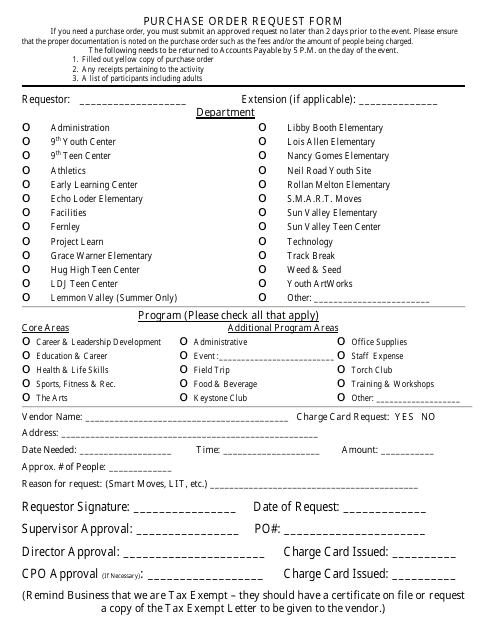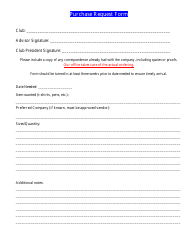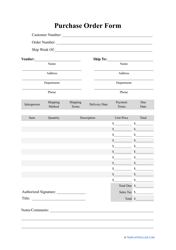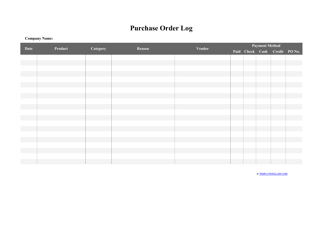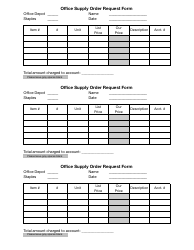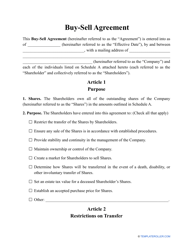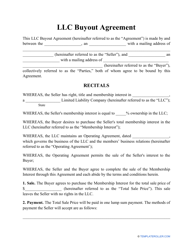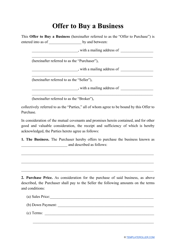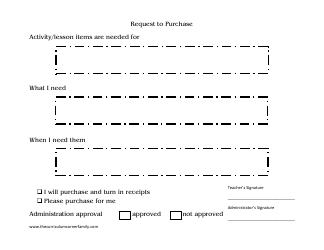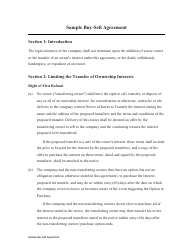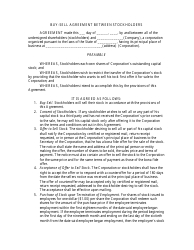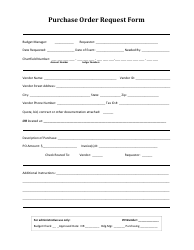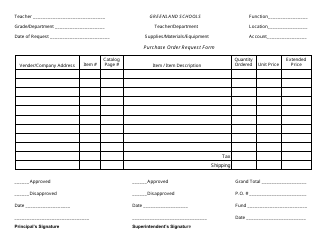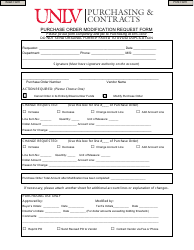Purchase Order Request Form - Different Points
The Purchase Order Request Form is used to request a purchase order, which is a document used to authorize the purchase of goods or services. The form includes different points such as the description of the items or services needed, quantity, price, and the contact information of the requester.
In the United States, the requesting department or individual typically initiates and files the purchase order request form. However, it may vary depending on the organizational structure and procurement processes of different points such as companies, institutions, or government agencies. It is best to check with the specific organization for their specific procedure.
FAQ
Q: What is a purchase order request form?
A: A purchase order request form is a document used to request the purchase of goods or services.
Q: Why is a purchase order request form important?
A: A purchase order request form is important because it helps to ensure proper documentation and approval for purchases.
Q: What information is typically included in a purchase order request form?
A: A purchase order request form typically includes details such as the item or service being requested, quantity, price, delivery date, and billing information.
Q: Who uses purchase order request forms?
A: Purchase order request forms are used by employees or departments within an organization to request purchases.
Q: Who approves purchase order requests?
A: Purchase order requests are typically approved by a designated person or department within an organization, such as a purchasing manager or supervisor.
Q: Can a purchase order request be denied?
A: Yes, a purchase order request can be denied if it does not meet the organization's purchasing policies or budget constraints.
Q: What happens after a purchase order request is approved?
A: After a purchase order request is approved, a purchase order is generated and sent to the supplier or vendor to initiate the purchasing process.
Q: Are purchase order request forms legally binding?
A: No, purchase order request forms are not legally binding contracts. The purchase order itself, once issued and accepted by the supplier or vendor, becomes the legally binding contract.
